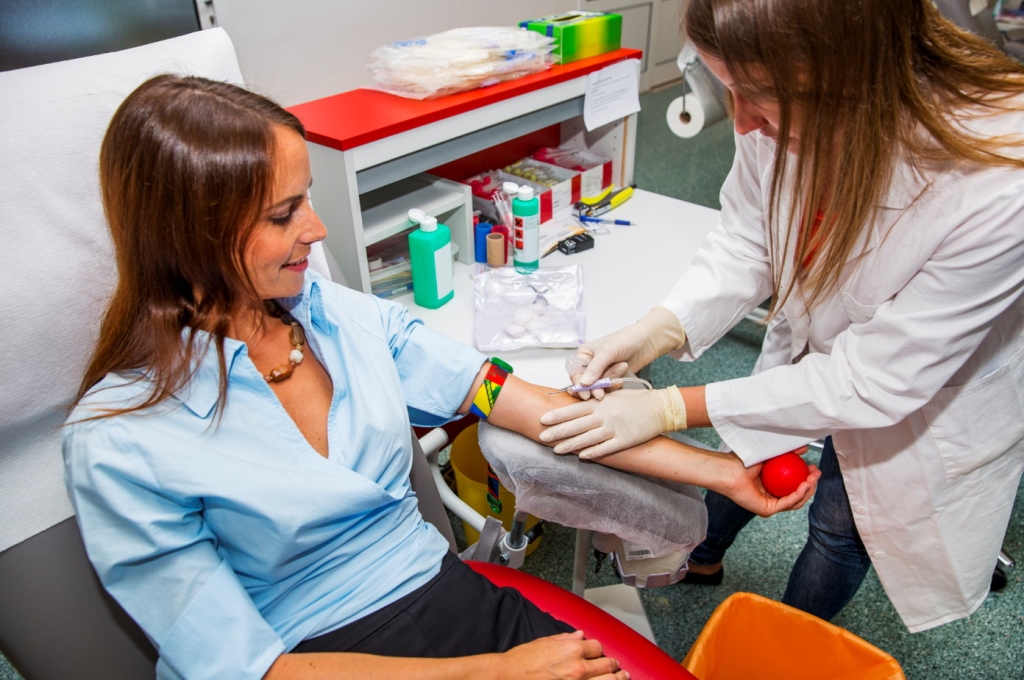How Much Do Phlebotomists Earn? A Complete Guide to Salary expectations in 2024
are you considering a career as a phlebotomist or wondering about the earning potential in this healthcare field? You’re in the right place. This comprehensive guide explores the latest salary trends for phlebotomists in 2024, along with insights into benefits, practical tips for increasing your income, and real-world case studies.Dive in to discover how much you can expect to earn and what factors influence your salary.
Understanding the Role of a Phlebotomist
Phlebotomists play a vital role in healthcare by drawing blood for tests, transfusions, or donations. They work in various settings, including hospitals, clinics, laboratories, and blood donation centers. Their responsibilities also include patient preparation,label management,and ensuring safety protocols are followed.
Given the essential nature of their work,many aspiring healthcare professionals consider phlebotomy as a practical entry point into the medical field,often leading to stable and rewarding careers.
Salary Overview for Phlebotomists in 2024
The earning potential of a phlebotomist varies based on several factors, including geographic location, experience, certification, and the employment setting. Hear’s a current snapshot of what phlebotomists can expect to earn in 2024:
Average Salary Range
- Average annual salary: $36,000 – $42,000
- Median salary: approximately $39,000
- hourly wage: $17 - $20 per hour
Salary by Experience Level
| Experience Level | Average Salary |
|---|---|
| Entry-Level (0-1 years) | $30,000 – $34,000 |
| Mid-Level (2-5 years) | $38,000 – $42,000 |
| Experienced (5+ years) | $45,000 - $50,000 |
Geographic Salary Variations
Salary differences are important across regions. Such as:
- Urban areas: Typically higher, averaging $42,000 – $50,000
- Rural locations: Frequently enough lower, around $30,000 – $36,000
states like California, New York, and Massachusetts tend to offer higher salaries due to increased demand and cost of living, while southern and Midwestern states may have lower average wages.
Factors Influencing Phlebotomist Salaries
- Certification and education: Certified phlebotomy Technicians (CPT) tend to earn more.
- Location: Urban areas frequently enough pay more than rural regions.
- Work setting: Hospitals and specialized clinics usually offer higher pay than outpatient labs.
- Experience: Skill and tenure increase earning potential.
- Additional skills: Expertise in venipuncture,medical assisting,or laboratory procedures can boost earnings.
Benefits and Perks for phlebotomists
Besides salary, many employers offer valuable benefits that enhance overall compensation:
- Health insurance and dental coverage
- Retirement plans (401(k), pension)
- Paid time off and holidays
- Continuing education and certification reimbursement
- Flexible working hours in some roles
These perks can significantly improve job satisfaction and financial security.
Practical Tips to Increase Your Phlebotomy Salary in 2024
- Get Certified: Obtain a reputable certification like the National Certified Phlebotomy Technician (NCPT).
- Specialize: Develop skills in areas such as pediatric phlebotomy or IV therapy.
- Gain Experience: Join hospitals or clinics with high demands for skilled phlebotomists.
- Relocate: Consider working in high-paying states and cities.
- Continue Education: Pursue courses in laboratory procedures or medical assisting to diversify your skill set.
By strategically enhancing your qualifications and choosing high-demand locations, you can significantly boost your earning potential.
Case Studies: Real-Life Phlebotomists’ Salary Journeys
Case Study 1: Sarah’s Career Progression
Starting as an entry-level phlebotomist in a small town, Sarah earned $32,000 annually. After obtaining certification, gaining two years of experience, and relocating to a urban hospital in New York, her salary increased to $48,000.She also received benefits like health insurance and paid leave, enhancing her overall compensation.
Case Study 2: John’s specialization success
john specialized in pediatric phlebotomy and IV Therapy, which allowed him to command higher wages, earning $50,000+ in a major California hospital. His additional certifications made him a sought-after expert, demonstrating the importance of continuous skill advancement.
first-hand Experience: What It’s Really Like to Be a Phlebotomist
Many phlebotomists highlight the rewarding aspects of their job, such as helping patients and working in dynamic healthcare environments. However, challenges include dealing with anxious patients and the physical demands of the job. Salary expectations align with these experiences, often rewarding skilled and dedicated professionals with competitive pay and benefits.



